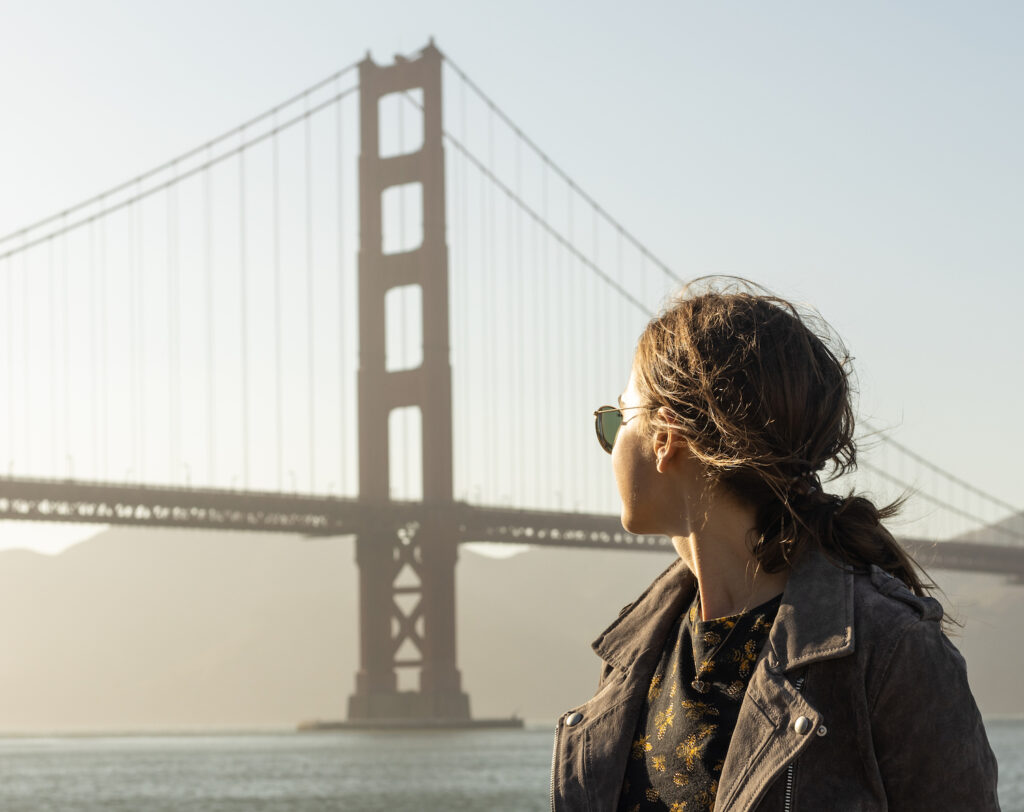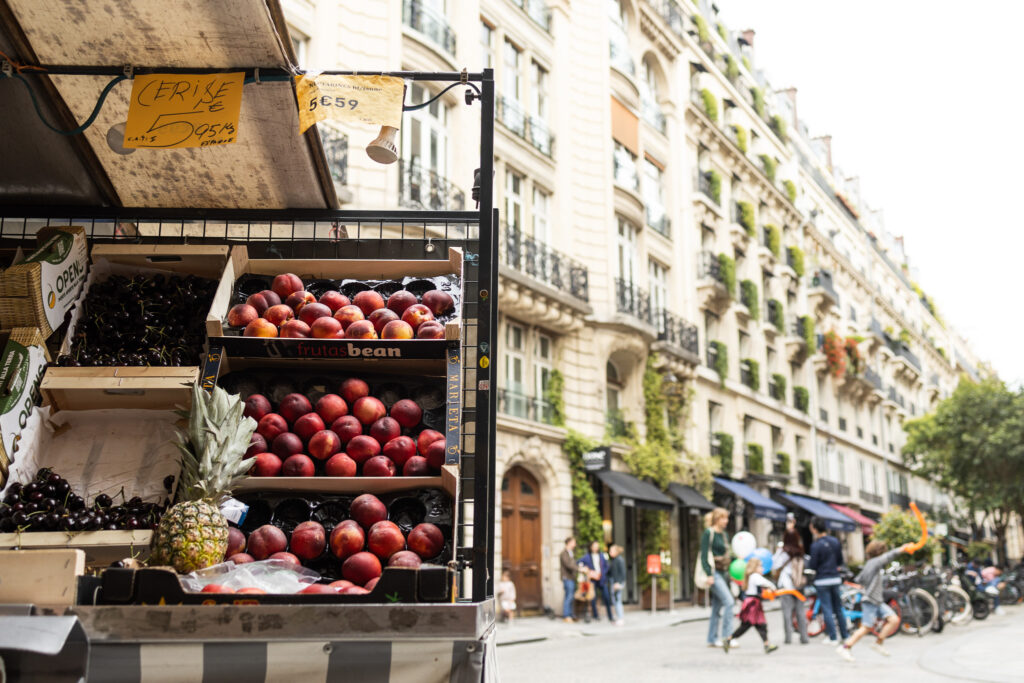
Capturing the world through the lens of a camera is an incredible way to immortalize our travel experiences. However, when it comes to flying with a camera and our other precious photography equipment, we want to make sure we’re avoiding unnecessary risk. In this blog post, we’ll explore the importance of safeguarding your camera in your carry-on, securely packing your camera, navigating TSA security, and even traveling with film to ensure your photographic journey remains worry-free and full of awe-inspiring moments. So, let’s dive into the considerations flying with a camera and ensure your cherished memories are preserved for a lifetime.
Flying with a Camera: carry-on or checked bag?
When bringing a camera on a plane, it may be tempting to save space in your carry-on for extra snacks by packing it in your checked bag, but this can be risky. I personally refuse to put any of my camera equipment into checked bags. I know a host of people who have lost bags during travel and with the recent increase in flight delays and cancellations and other scheduling related issues, the chances of losing some of your luggage has increased significantly.
This is especially true when traveling abroad. The last thing you want is to find out your brand new Sony a7iii got lost in the Amsterdam airport during the layover as you step off the plane in Barcelona.
Packing your camera in your carry-on also brings the added benefit of snapping some in-flight photos with some interesting perspectives:

So whenever possible while traveling, I keep my camera on my person unless it can be safely stored in the space in which I’m staying. On the plane, I put my camera in a small camera bag and store it in my carry-on.
How should I pack my Camera?
When bringing your camera on a plane, it’s important to bring a portable camera bag that you can either stow in the overhead compartment or which will fit in your backpack. Between airplane turbulence and moving your items from place to place, you want to avoid any unnecessary damage to your camera and photography equipment to ensure their longevity.
When packing your camera for air travel, it also may be a good idea to remove your lens and store it separately in your camera bag. This will further reduce the chances of damage. With my first camera however, I used a camera bag that only fit the camera with one lens attached together, and I never ran into any issues.
This backpack-style camera bag is excellent for situations where you might be hiking or moving around a lot while taking photos. It’s both ergonomic, features a hard shell waterproof exterior, and contains plenty of space for both your camera body, your travel lenses, and any other equipment you want to bring. I recently switched to primarily using backpacks for various shoots that I do as the shoulder strap bag I used to use was much less versatile.
Will I need to take my camera out of the bag for TSA?
You generally do not need to take your camera out of the bag in the TSA security line at the airport. This rule only applies to laptops. In some cases, they may ask you to remove your camera from the bag for a secondary security check. Please don’t resist.
traveling with film
Traveling with film cameras on a plane takes much more forethought than with digital cameras- but hey, that’s what you signed up for, right? Here’s the main preparations you will want to do before traveling with film:
- You always want to bring your undeveloped film in your carry-on bag – NOT your checked bag. This is because security scanners used on checked bags are much stronger than for your carry-on luggage and this is the fastest way to ruin your film. The carry-on bag security scanners are much less powerful and the risk of damage is greatly reduced.
- You won’t always have to put your film through the security scanner. When bringing film on a plane, you want to keep it in a transparent plastic bag. You then want to request for the TSA officers to hand search your film. You essentially want it to be as easy as possible for the security officers to see what you have. This will make it much more likely that you will not have to put your film through the scanners at all.
- High ISO film will be more prone to damage than lower ISO film because it is more sensitive.
- Another good option for traveling with film is to buy your film at your destination. This won’t be an option everywhere, especially if you have a specific type of film that you want to use, but it may make the airport experience a bit easier.
Can SD cards go through TSA security Scanners?
Yes. Unlike film, it is entirely safe for SD cards to go through TSA security scanners and it will have no effect on your SD card’s performance nor storage. I would still recommend bringing your SD cards, along with all other equipment, in your carry-on rather than checking it. A lost SD card can certainly ruin a trip.
Need to grab some extra storage space before your trip? The 128 GB Sandisk SD card is the main one I use. It’s affordable and will allow you to take thousands of photos without having to clear any space. You can never have enough storage in my opinion.
Can lithium batteries go on the plane?
This question always befuddled me when I was checking my bags and looking at the various scary airport signs that said “NO LITHIUM BATTERIES ALLOWED”. This confused me because I knew that all smartphones use lithium ion batteries, so literally everyone is bringing them on the plane, not just me as a photographer.
But here’s a clarification:
According to the TSA’s guidelines, this rule only refers to spare lithium batteries. Spare lithium batteries are not permitted in checked bags. Instead, they either must be installed into a device (i.e. a phone, camera, or laptop) or kept in your carry-on bag.
This rule is to prevent possible fires in the checked storage compartment during a flight as a fire in your carry-on is much easier to access and extinguish.
Conclusion
Traveling with a camera is fairly hassle-free when you’re prepared. There are a few considerations to keep in mind, but as long as you follow these tips, you should have no problems bringing your camera and other photography gear on a plan.



